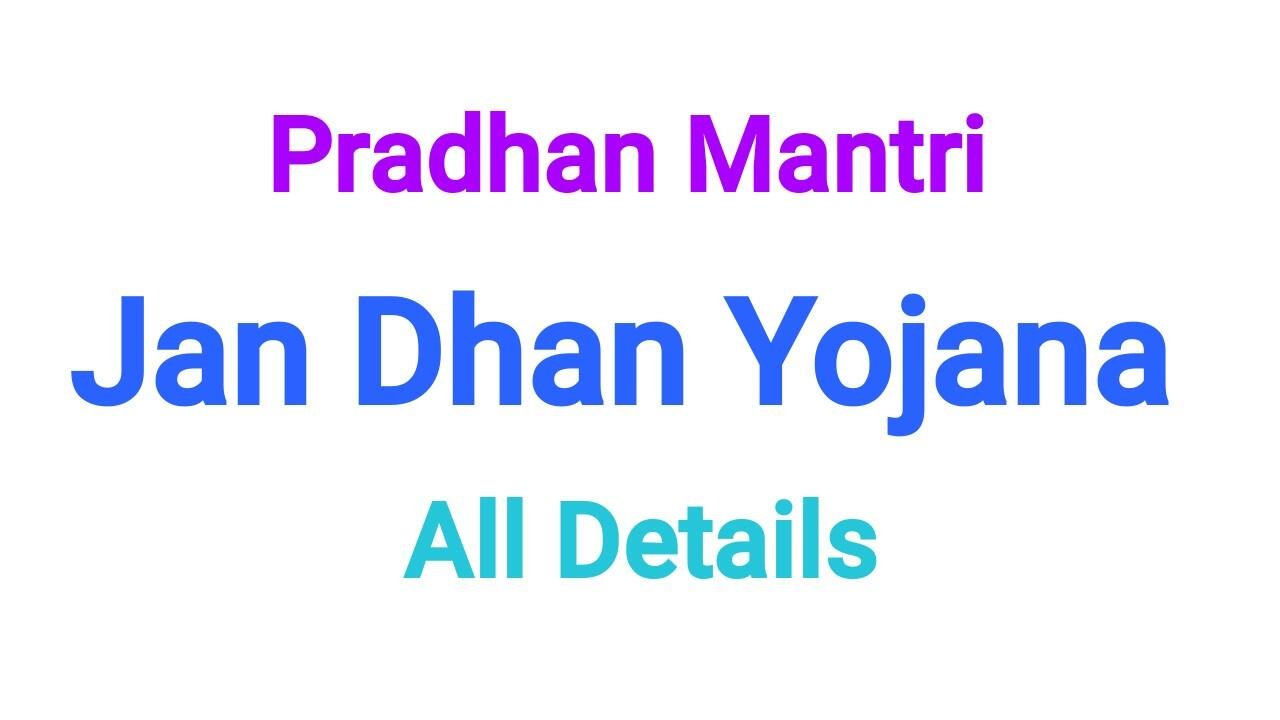Today’s era is the era of technology. Be it village or city, the impact of internet and digital services is visible everywhere. To keep pace with this changing time, the Government of India started the Digital India program on 1 July 2015. This is an initiative whose aim is to connect every corner of the country digitally, empower people with technology and make government services easy and transparent. In this article we will talk about what is Digital India, what are its benefits, and how it is improving the lives of common people.
What is Digital India?
Digital India is an ambitious program of the government, which has three main goals:
- Creating digital infrastructure: Availability of fast internet connection and digital resources in every village and town.
- Making services available online: Making government services easier and faster by bringing them on digital platforms.
- Increasing digital literacy: Teaching people how to use technology so they can benefit from it.
Under this, the government has launched many schemes, such as Bharat Net, Digital Locker, e-Hospital, Aadhaar, and Unified Payments Interface (UPI). Their aim is that every citizen of the country should be empowered through technology and can connect directly with the government.
Key pillars of Digital India
Digital India has nine main pillars that help it achieve its goals. Let’s understand them:
- Broadband Highway: To provide high-speed internet to every village in the country. Under the Bharat Net project, lakhs of gram panchayats have been connected with optical fibre network.
- Mobile connectivity: Every person should have access to a mobile phone and internet. Today, this is possible in India due to cheap smartphones and data plans.
- Public Internet Access: Providing internet services through Common Service Centres (CSCs) and post offices.
- E-governance: Making government services online, such as passport, ration card, and pension related work
- E-kranti: Use of digital technology in sectors like education, health, and agriculture
- Right to Information: Information should be easily available online to every citizen.
- Electronics Manufacturing: Increasing the production of electronic goods in India to reduce dependence on imports.
- IT Jobs: Creating job opportunities in the digital sector.
- Early Harvest Programme: Delivering immediate results through small projects, such as Wi-Fi hotspots.
Impact of Digital India on common people
Digital India has made the lives of common people of India easier in many ways. Let us look at some examples:
1. Government services are now available at home
Earlier there used to be long queues in government offices. Whether it was to get a ration card, pay electricity bill, or apply for a passport, one had to wait for hours. But now under Digital India most of the services are available online. For example:
- Digital Locker: Digital Locker is being used to keep your documents like Aadhar, PAN, or Degree safe.
- Umang App: Hundreds of government services, like paying taxes or getting pension information, are available at home through this one app.
- E-Hospital: Online appointment and telemedicine facility in government hospitals
2. Internet access in villages
Under the Bharat Net project, high-speed internet is reaching rural areas. Now the villagers are also taking advantage of online education, agricultural information, and government schemes. Common Service Centers (CSC) have brought digital facilities to the villages, where people can take advantage of bill payment, online forms, and other services.
3. UPI and digital payments
The biggest impact of Digital India has been seen in digital payments. Unified Payments Interface (UPI) has made money transactions so easy that today even small shopkeepers are accepting payments through QR code. Be it a vegetable vendor or an auto driver, everyone is using UPI. This has reduced the need for cash and increased transparency in transactions.
4. Changes in education and health
Digital India has also brought a revolution in the education and health sector. Online platforms like SWAYAM and DIKSHA have provided an opportunity to study for free. Children can now learn new things from home. At the same time, through telemedicine, people are taking advice from doctors sitting far away. This facility was especially useful during the Covid-19 pandemic.
5. Empowerment of women and farmers
Digital India has also opened new avenues for women and farmers. Women are now starting online businesses, such as selling handicrafts or food items. Farmers are getting better prices for their crops from platforms like e-NAM (National Agriculture Market). Also, information about weather and farming is also available online.

Challenges and Solutions
Although Digital India has achieved a lot, there are some challenges too.
- Lack of digital literacy: Many people, especially in rural areas, still do not know how to use technology. To address this, the government is running digital literacy campaigns, such as the Pradhan Mantri Gramin Digital Saksharta Abhiyan (PMGDISHA), which aims to make 6 crore rural households digitally literate.
- Internet access: Some remote areas still do not have internet facility. The government is working on technologies like 5G network and satellite internet for this.
- Cyber Security: With the growth of digital services, the risk of cyber fraud has also increased. For this, the government is emphasizing on strengthening cyber security and making people aware.
Read Also : Make in India: An initiative to make India self-reliant
The future of digital India
The future of Digital India is very bright. With the advent of 5G technology, internet speed and connectivity will improve further. Also, government services will become more secure and faster by using new technologies like Artificial Intelligence (AI) and Blockchain. The government aims to make India one of the leading countries in the world in the digital sector by 2030.
You too become a part of Digital India
Digital India is not just a government program, it is the responsibility of all of us. You can also contribute to it by taking small steps:
- Tell people around you about digital services.
- Use digital payments like UPI.
- Take advantage of online government services and inspire others to do the same.
- Be cybersecurity conscious and keep your passwords and personal information safe.
conclusion
Digital India has given a new direction to India. It is not only promoting technology but is also making people’s lives easier and better. Be it a farmer in the village, a student in the city, or a small shopkeeper, everyone is taking advantage of this initiative. But we also have to remember that we will get the full benefit of this change only when we all adopt it together and are ready for it. So come, join this journey of Digital India and make our country stronger.






